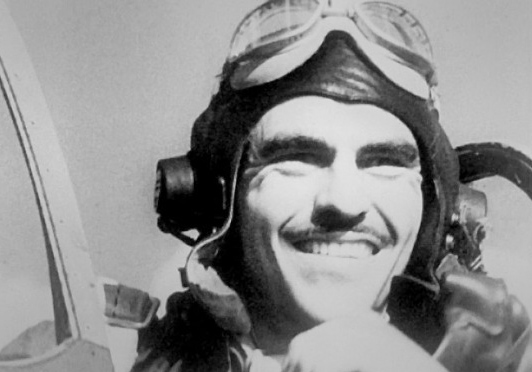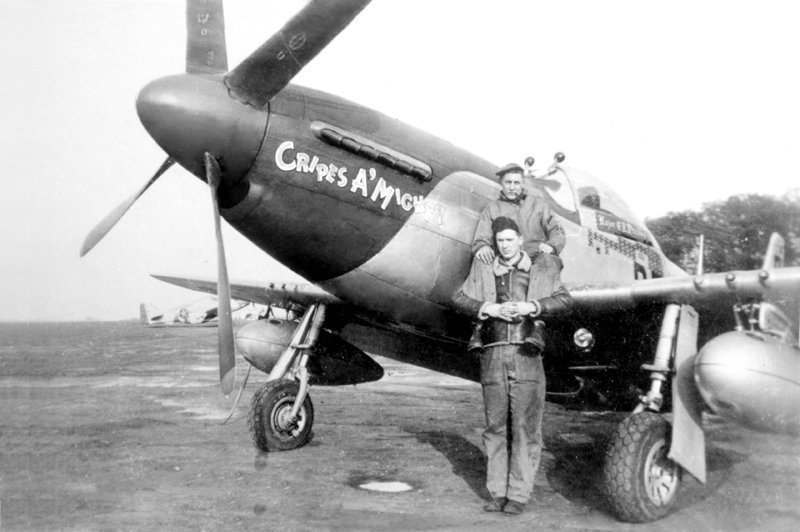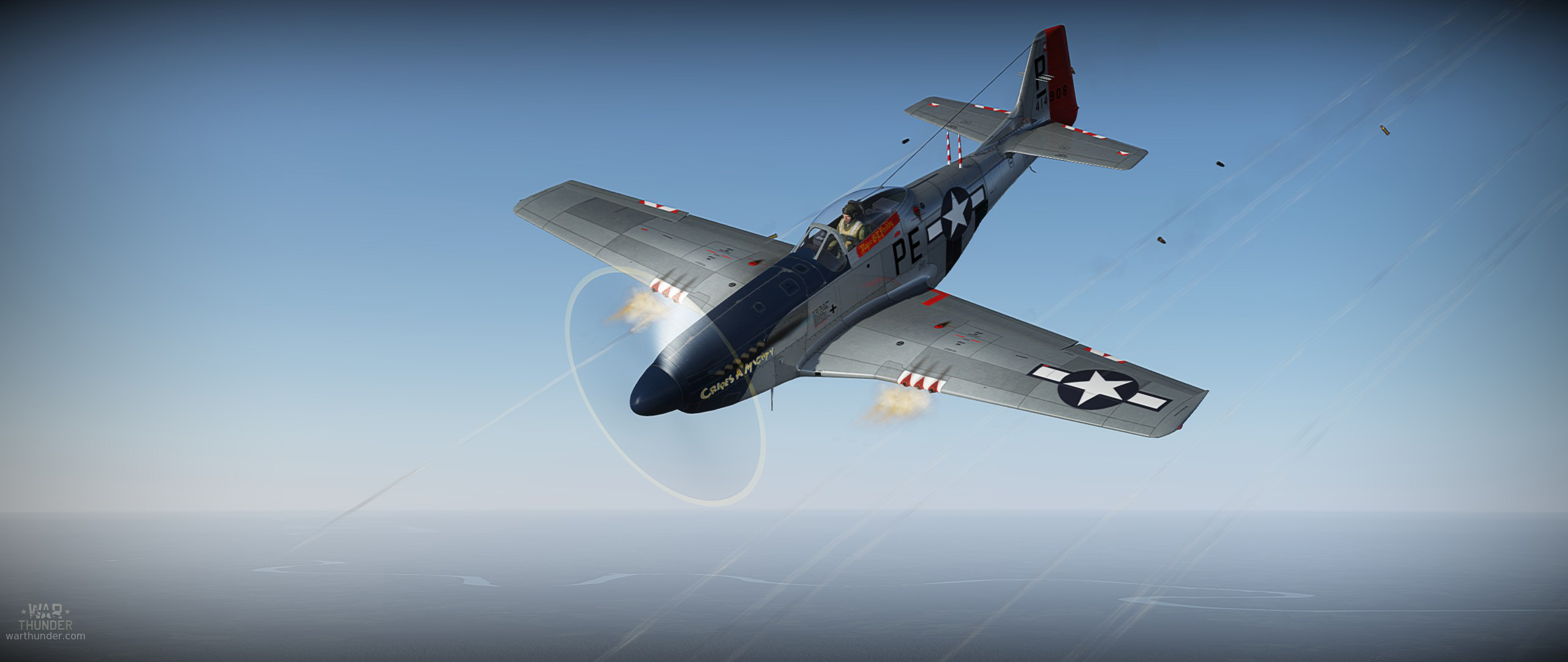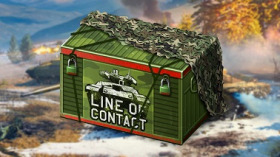
- For PC
- For MAC
- For Linux
- OS: Windows 10 (64 bit)
- Processor: Dual-Core 2.2 GHz
- Memory: 4GB
- Video Card: DirectX 11 level video card: AMD Radeon 77XX / NVIDIA GeForce GTX 660. The minimum supported resolution for the game is 720p.
- Network: Broadband Internet connection
- Hard Drive: 23.1 GB (Minimal client)
- OS: Windows 10/11 (64 bit)
- Processor: Intel Core i5 or Ryzen 5 3600 and better
- Memory: 16 GB and more
- Video Card: DirectX 11 level video card or higher and drivers: Nvidia GeForce 1060 and higher, Radeon RX 570 and higher
- Network: Broadband Internet connection
- Hard Drive: 75.9 GB (Full client)
- OS: Mac OS Big Sur 11.0 or newer
- Processor: Core i5, minimum 2.2GHz (Intel Xeon is not supported)
- Memory: 6 GB
- Video Card: Intel Iris Pro 5200 (Mac), or analog from AMD/Nvidia for Mac. Minimum supported resolution for the game is 720p with Metal support.
- Network: Broadband Internet connection
- Hard Drive: 22.1 GB (Minimal client)
- OS: Mac OS Big Sur 11.0 or newer
- Processor: Core i7 (Intel Xeon is not supported)
- Memory: 8 GB
- Video Card: Radeon Vega II or higher with Metal support.
- Network: Broadband Internet connection
- Hard Drive: 62.2 GB (Full client)
- OS: Most modern 64bit Linux distributions
- Processor: Dual-Core 2.4 GHz
- Memory: 4 GB
- Video Card: NVIDIA 660 with latest proprietary drivers (not older than 6 months) / similar AMD with latest proprietary drivers (not older than 6 months; the minimum supported resolution for the game is 720p) with Vulkan support.
- Network: Broadband Internet connection
- Hard Drive: 22.1 GB (Minimal client)
- OS: Ubuntu 20.04 64bit
- Processor: Intel Core i7
- Memory: 16 GB
- Video Card: NVIDIA 1060 with latest proprietary drivers (not older than 6 months) / similar AMD (Radeon RX 570) with latest proprietary drivers (not older than 6 months) with Vulkan support.
- Network: Broadband Internet connection
- Hard Drive: 62.2 GB (Full client)
P-51D-30 Mustang "Cripes A' Mighty", Major George E. Preddy, 328th FS, 252nd FG, Belgium, December 1944,
created by max_86z | Download here
Born on February 5th 1919, George E. Preddy Jr grew up in Greenboro, a rapidly expanded and relatively affluent city in North Carolina. Preddy learned to fly at an early age and was smitten, quickly deciding that a career in aviation was for him. At the age of 20 he spent his first summer as a ‘Barnstormer’ – making a living as a stunt pilot by entertaining small crowds at country shows. With aspirations of joining the military, Preddy was faced with the decision of flying with the army or the navy; he opted for the latter but had no fewer than three applications to join the US Navy rejected on physical grounds.
 |
In the summer of 1940, emboldened by the stories of aerial warfare raging across Europe and the Far East, Preddy changed his approach and applied to join the US Army Air Corps. Good news finally came his way – he was accepted, but was told to wait for a vacancy in the training pipeline. Eager to gain some military experience, Preddy joined the National Guard and served with the Coastal Artillery. After beginning his military flying training in April 1941, be graduated only days after the United States entered the Second World War – commissioned as a Second Lieutenant, he was shipped off to Australia to join the 9th Pursuit Squadron of the 49th Pursuit Group. Operating as part of the US Fifth Air Force, Preddy flew P-40s against Japanese forces for six months. His early exploits as a fighter pilot saw him damage two enemy aircraft but in July 1942, he collided with another P-40 during a training mission when the second pilot, 2nd Lt John Suber, became disorientated by the glare of the sun; Preddy was seriously injured but did manage to take to his parachute; Sauber was killed.
After three months recovering in the United States, Preddy was assigned to Hamilton Field at San Pablo Bay, California, where he converted to the P-38 Lightning, an aircraft he spoke very highly of. After a succession of assignments across the United States over several months, Preddy was finally posted back to an operational theatre in July 1943. Now part of the 352nd Fighter Group, Preddy’s unit was posted to RAF Bodney in Norfolk, England. His new unit, equipped with P-47 Thunderbolts, was heavily engaged in bomber escort duties over occupied Europe. After a short period of work up for the new role and theatre, Preddy flew his first combat mission with the 8th Air Force in September; on December 1st, after two years as a qualified fighter pilot, Preddy shot down his first aircraft, a Bf109. Only three weeks later he was recommended for a Distinguished Service Cross after leading three P-47s against six Me-210s who were attacking a lone, damaged B-24. Preddy shot down one German fighter and scattered the rest of the formation, ensuring the B-24’s safe return home. The recommendation was not confirmed, but he instead received the Silver Star.
On January 29th 1944, Preddy shot down a Focke-Wulf FW190 over the French coast but was then hit by AA and forced to parachute into the English Channel. An RAF rescue flying boat was dispatched to recover him, but ran him over after landing, after losing full control in particularly rough seas. PReddy’s injuries were minor and he was soon flying again. By the time the 352nd Fighter Group – now nicknamed ‘The Blue-Nosed Bastards of Bodney’ due to their distinctive livery – converted to P-51s in April 1944, Preddy had shot down a further two enemy aircraft. It was paired up with this wonderful fighter that Preddy would now surge to fame: after scoring his fifth victory on June 20th, a succession of kills followed. On July 18th, Preddy shot down four aircraft in a single day. However, it would be on August 6th that Preddy would be immortalized for his finest hour, and the single greatest air-to-air success of any single P-51.
Having shot down an aircraft the previous day and then being informed that the next day’s flying was cancelled due to bad weather, Preddy joined several of his squadron mates in a night out. However, in time honoured fashion the meteorological forecast proved to be less than 100% accurate, and offensive operations were re-scheduled. Allegedly nursing a hangover so bad that his fitness to fly was questioned, Preddy led his flight alongside the others of the Group whilst escorting a formation of B-17s. The bombers were attacked by a large formation of Bf109s, and Preddy immediately led his P-51s into the fight. In the ensuing combat, using every last bullet from his fighter’s guns, Preddy shot down six Bf109s. This was confirmed by other pilots and gun camera footage. Preddy was recommended for the Congressional Medal of Honor, but was instead awarded the Distinguished Flying Cross.
 |
Hailed as a hero and now one of the USAAF’s top scoring aces, Preddy was ordered to return to the United States but pushed hard for a posting back to the front line. In October 1944, Preddy was given command of the 328th Fighter Squadron of the 352nd Fighter Group. He was soon in combat again and in December, as allied forces continued their advance towards Germany, Preddy was moved with his squadron to operate from a forward air strip at Asche, Belgium. On Christmas Day 1944, Preddy led a patrol of 10 P-51s which encountered a formation of German fighters. He shot down two Bf109s but, whilst positioning for a firing run on a third German fighter, was shot down by American anti-aircraft fire. His comrades recall seeing his canopy jettison at some 700 feet above the ground but he was unable to escape from his aircraft in time.
Remembered fondly by fellow pilots and ground crews alike, Preddy was a popular man renowned for his bravery, optimistic outlook and thoughtfulness. A big fan of dice games, Preddy would often shout ‘Cripes A’Mighty!’ for good luck before throwing, and had this personal slogan painted on his fighters. His final tally has been disputed several times over the decades since his tragic death, but is currently widely acknowledged as 26.83 aerial victories and a further five aircraft destroyed on the ground. Many post-war narratives claim that, had it not been for his untimely death on Christmas Day 1944, he would have continued on to become America’s top scoring ace of the European Theatre of Operations.
About The Author
 |
Mark Barber, War Thunder Historical Consultant Mark Barber is a pilot in the British Royal Navy's Fleet Air Arm. His first book was published by Osprey Publishing in 2008; subsequently, he has written several more titles for Osprey and has also published articles for several magazines, including the UK's top selling aviation magazine 'FlyPast'. His main areas of interest are British Naval Aviation in the First and Second World Wars and RAF Fighter Command in the Second World War. He currently works with Gaijin Entertainment as a Historical Consultant, helping to run the Historical Section of the War Thunder forums and heading up the Ace of the Month series. |




